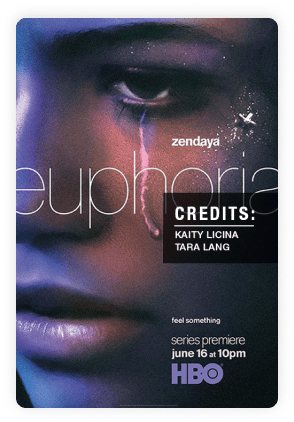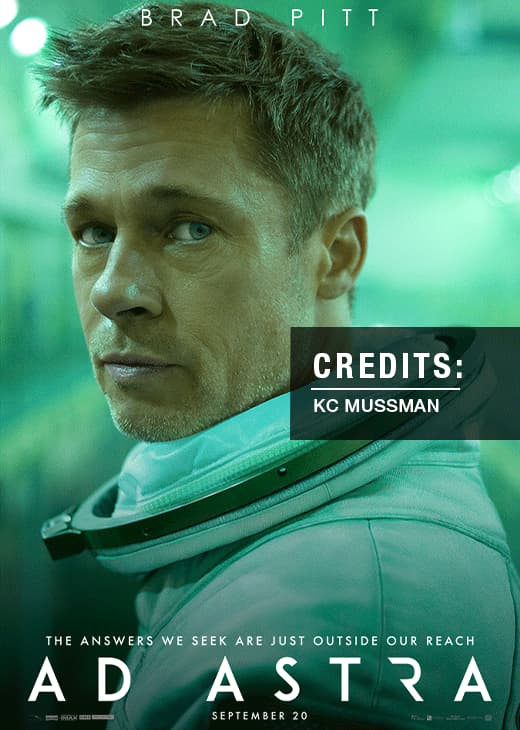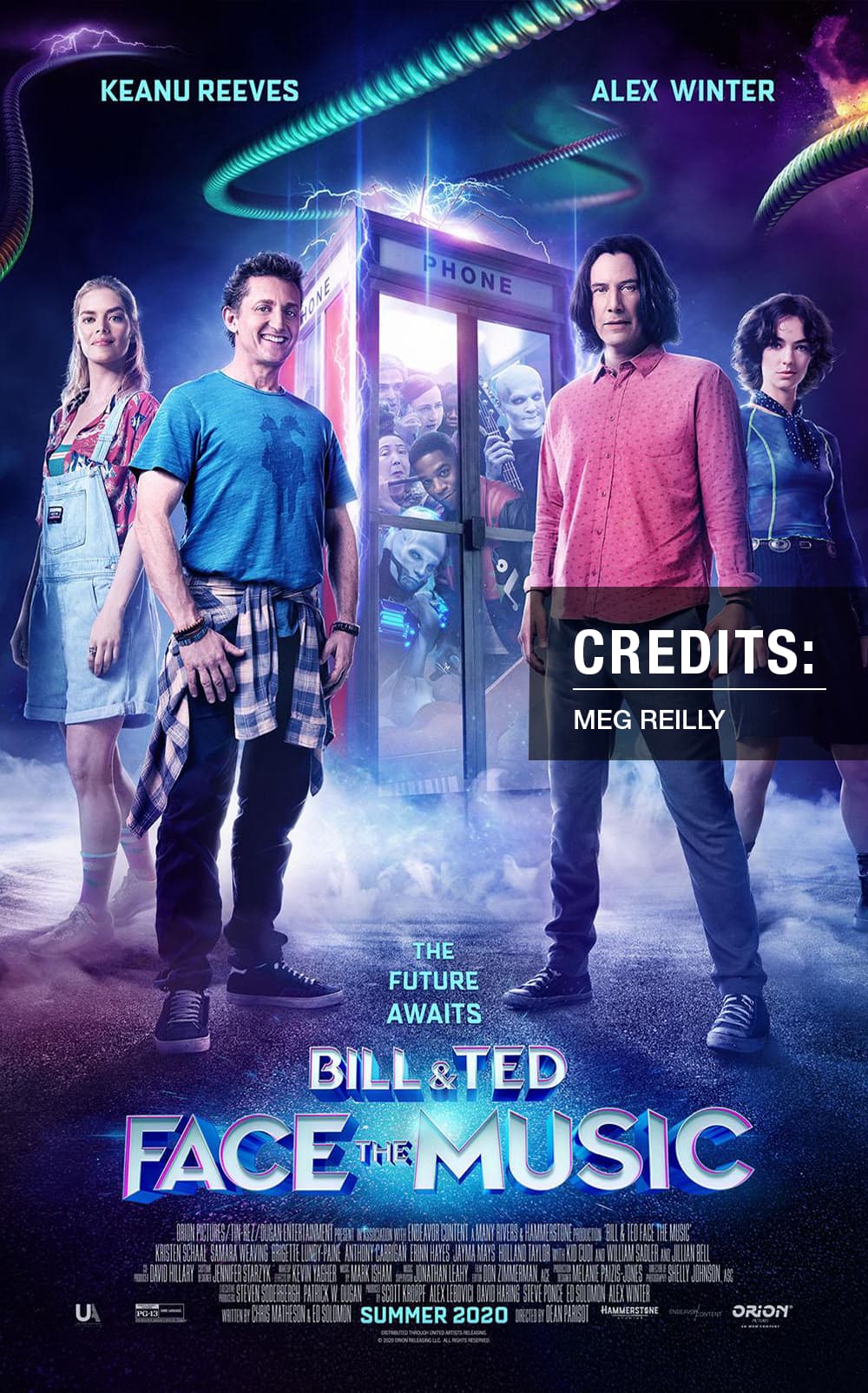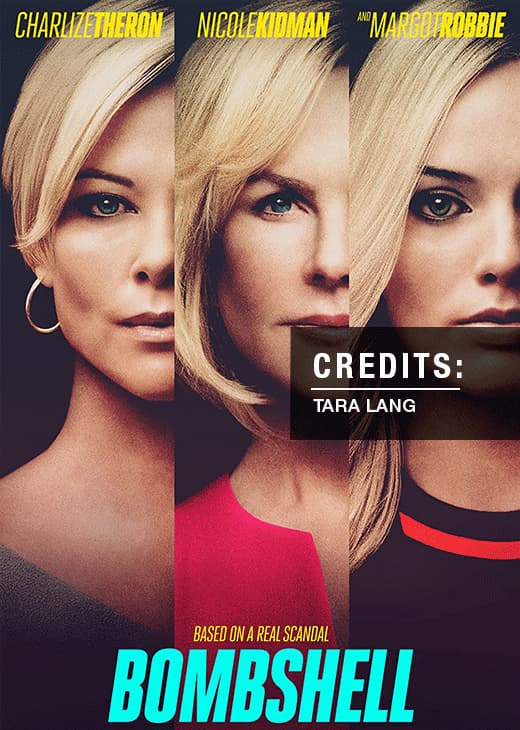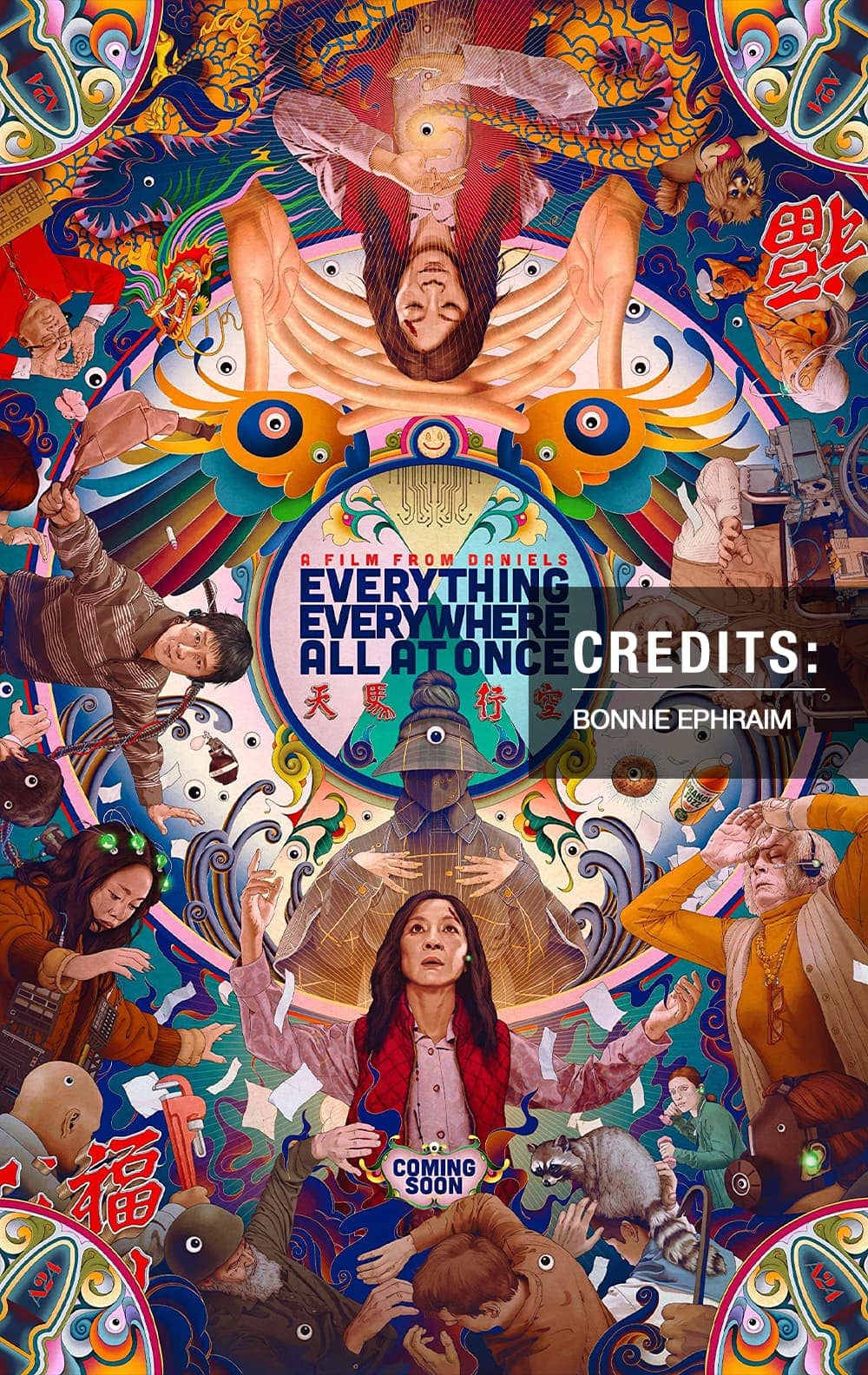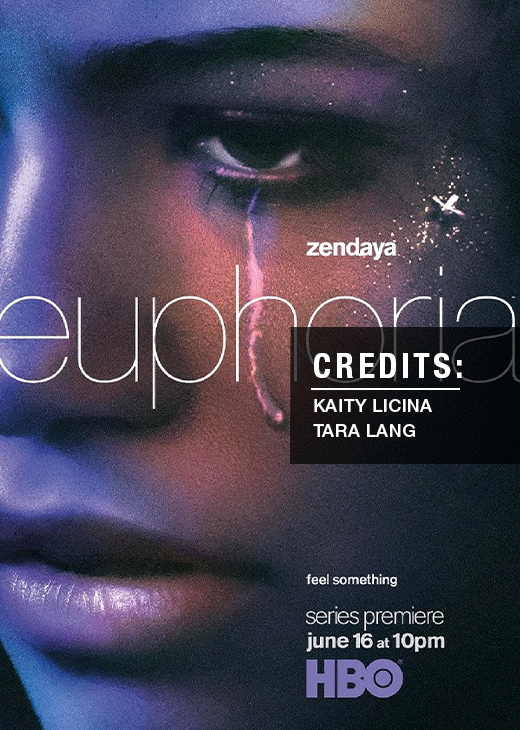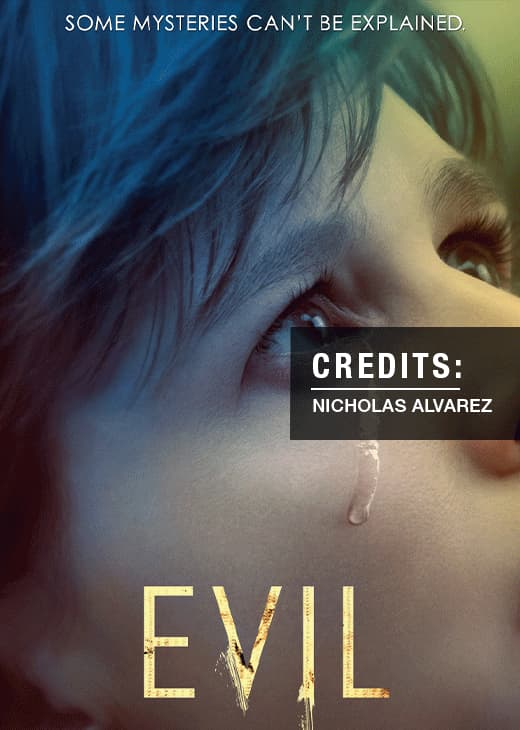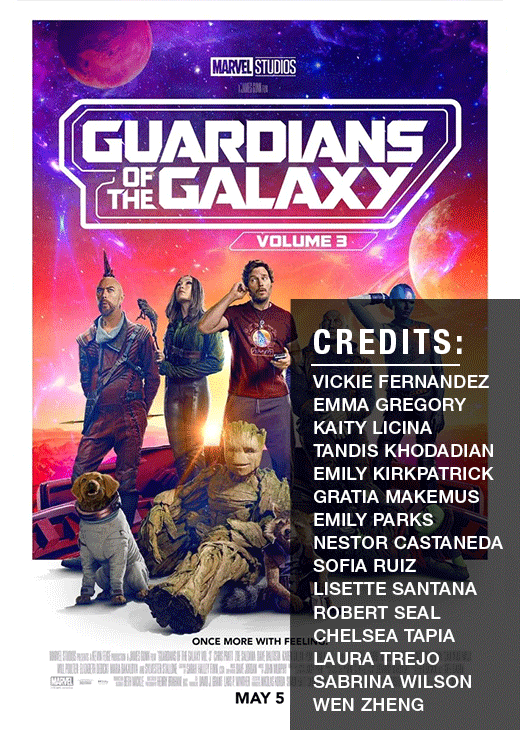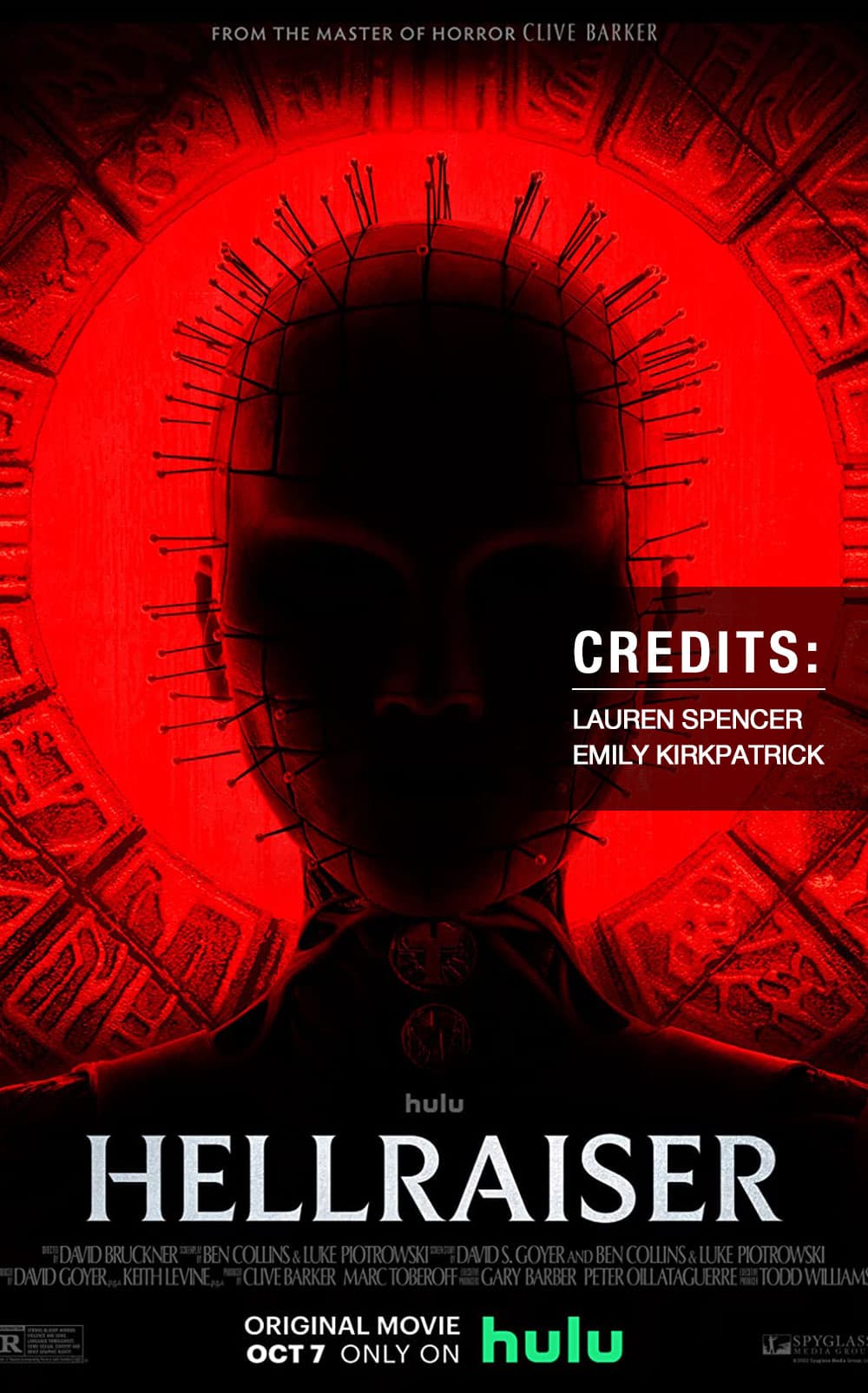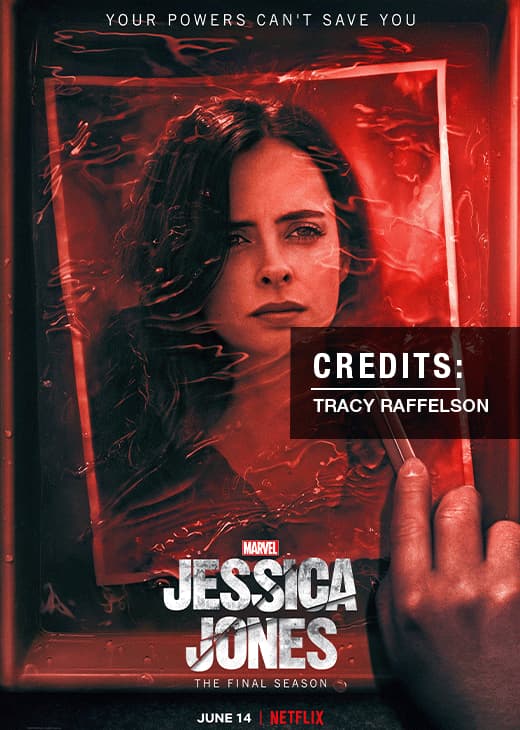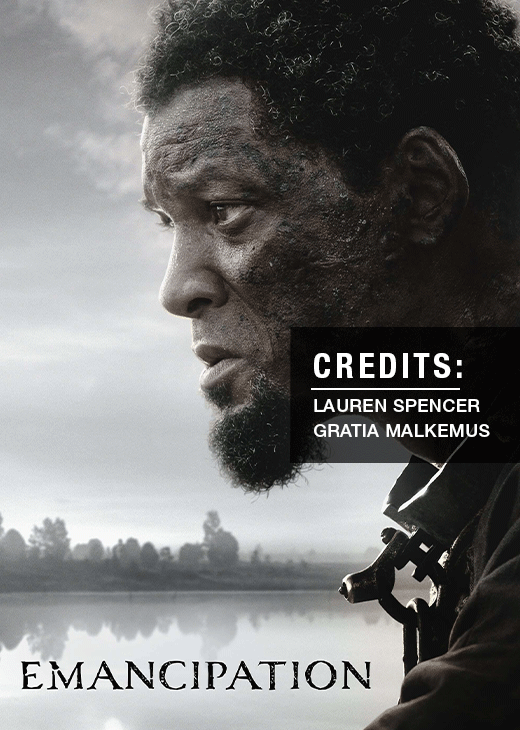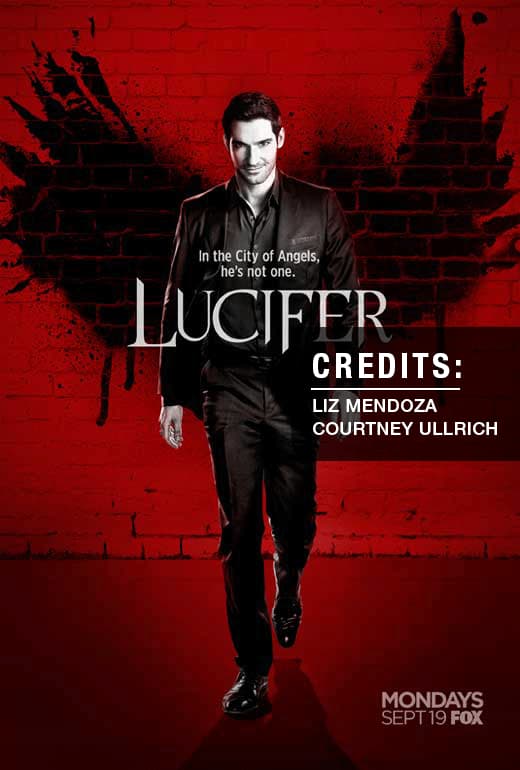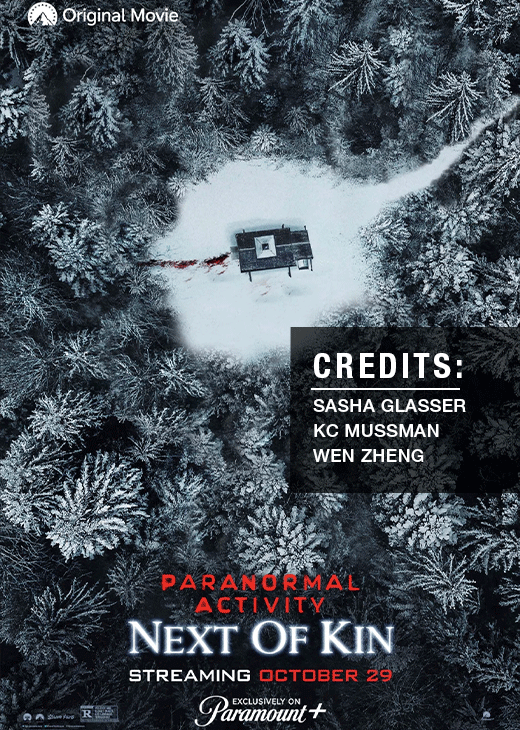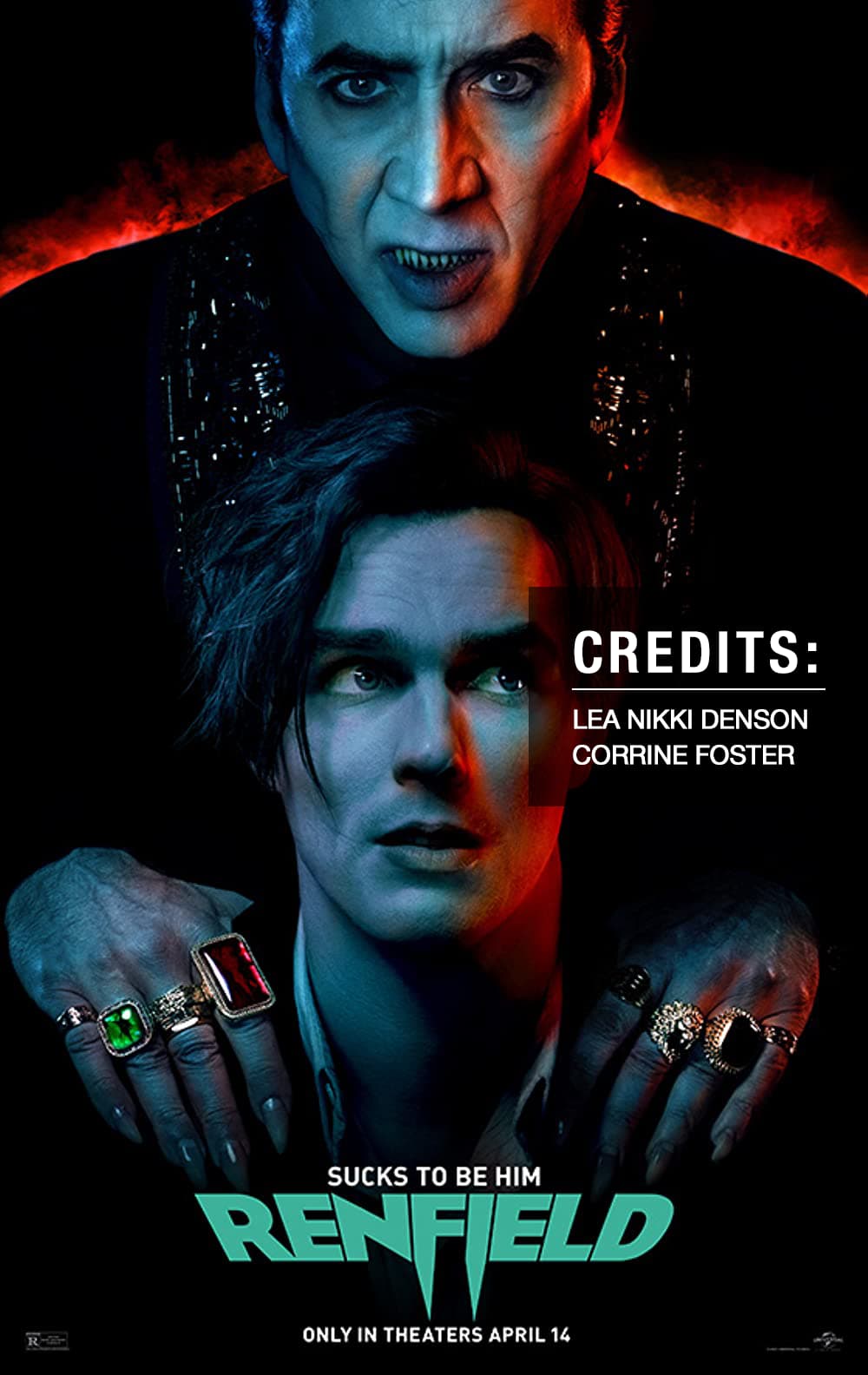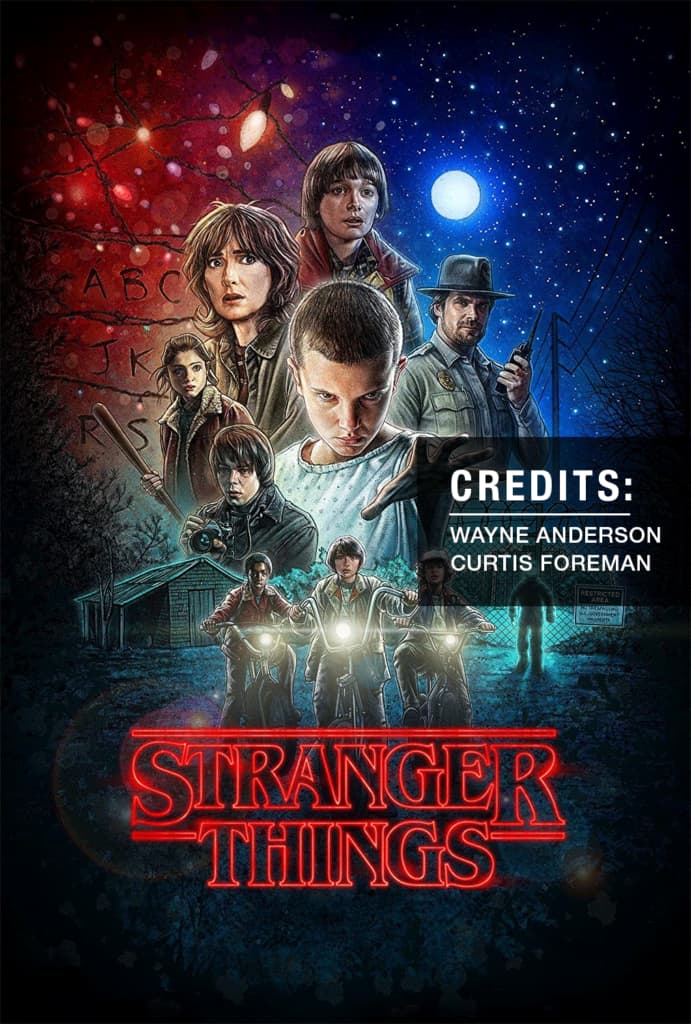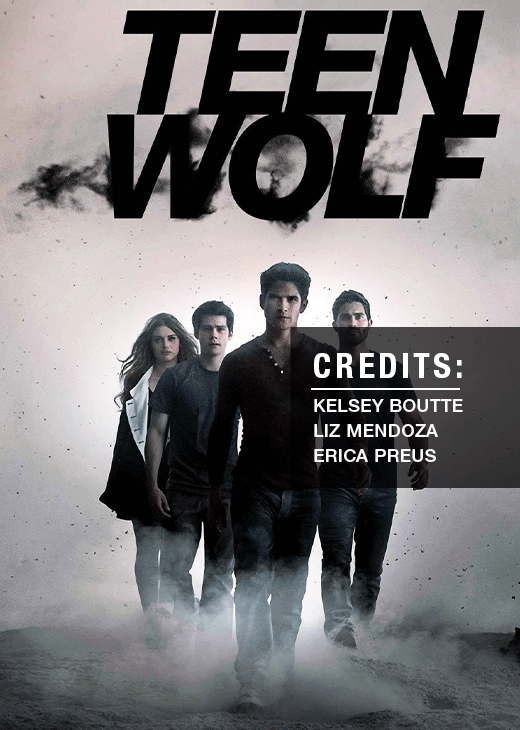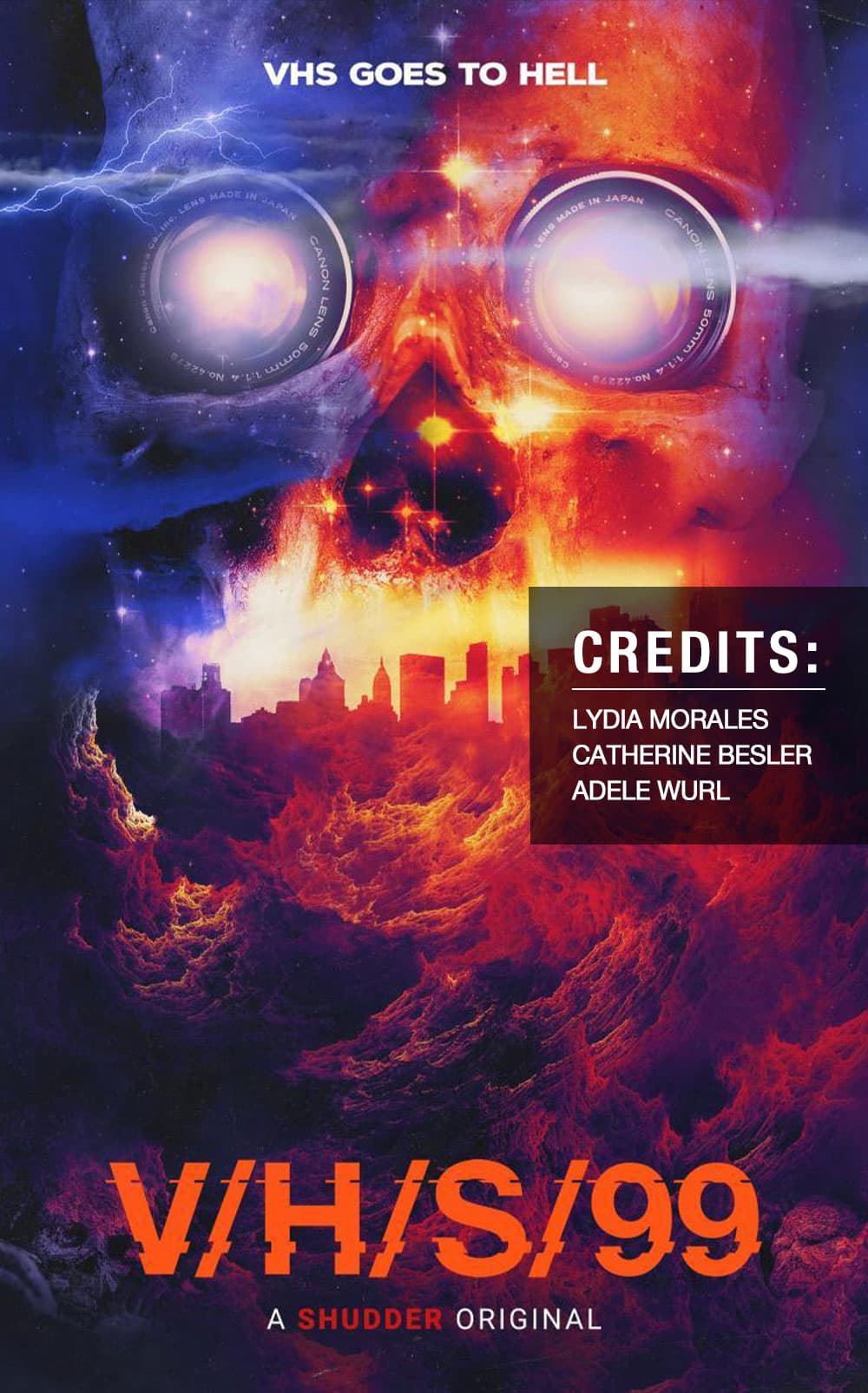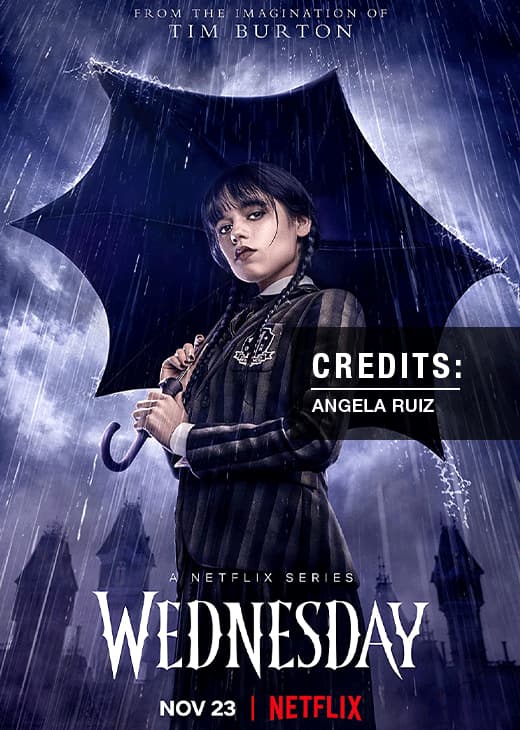Special effects makeup is an incredible art form that allows you to transform yourself or someone else into anything from a terrifying zombie to a mythical creature. It’s not just for professionals in film or theater; anyone with creativity, curiosity and the right guidance can start experimenting. If you’re new to SFX makeup, this guide will introduce you to beginner-friendly techniques, tools and ideas to get you started.
Whether you’re looking for creative SFX makeup ideas, planning to join beginner-friendly makeup classes, or shopping for a starter kit, this guide has everything you need to get started.
Essential Tools Every Beginner SFX Makeup Artists Should Try
For creating special effects makeup looks, you’ll need a few tools. While you don’t need to buy everything at once, having a basic kit helps you practice effectively. A special effects makeup kit for beginners should include:
- Liquid Latex or Gelatin: Used to create wounds, scars and prosthetics.
- Modeling Wax: Ideal for shaping realistic scars or adding textures.
- Face Paints or Grease Paints: Provide vivid colors for character looks.
- Fake Blood: Adds realism to cuts and injuries.
- Brushes and Sponges: Essential for applying and blending makeup.
- Setting Powder or Spray: Ensures your look stays in place.
Beginner-Friendly Special Effects Makeup Ideas
New to SFX makeup? There are plenty of fun, easy looks you can try to get started. Think of this as a playground where you can experiment, learn and gradually build your skills. From simple cuts and bruises to spooky zombies, aged faces, magical fantasy creatures and even burns or scars – you’ll find plenty of beginner-friendly ideas here. Here are some special effects makeup ideas to help you take your first steps:
1. Start With Creating Fake Wounds and Cuts
One of the simplest effects to try is a realistic wound or cut. You can use liquid latex or modeling wax to shape a small cut on your skin. Then, layer red, brown and black face paints to give it depth. Finish with a little fake blood for that realistic touch. This is a great way to practice basic blending and shading techniques.
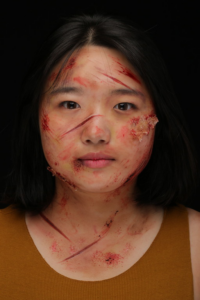
2. Create Black Eye Effects
A black eye is one of the easiest SFX looks to try and it instantly gives that “after a fight” appearance. Start by dabbing on dark purples and blues around the eye area, then soften the edges with lighter shades like red or yellow to mimic natural bruising as it heals.
Use a sponge or soft brush to blend everything so it looks realistic but not too neat – remember, real bruises are uneven. This simple effect is great practice for learning color placement and shading.
3. Experiment With Zombie Makeup
Zombies are one of the easiest and most fun looks to try. Start by making your face look pale, then darken the areas around your eyes to give a tired, sunken look. Add some fake blood or small cuts for extra detail. To finish it off, wear some old or torn clothes. The best part about zombie makeup is that it doesn’t need to look perfect – being messy actually makes it look better!
4. Practice Aging Makeup Effects
If you’ve ever wondered how to make yourself look older with makeup, this is a fun idea to try. By using face paints or pencils, you can draw gentle lines and shadows that look like wrinkles and sagging skin. It’s simple but really effective and it helps beginners practice how colors and shading can change someone’s face.
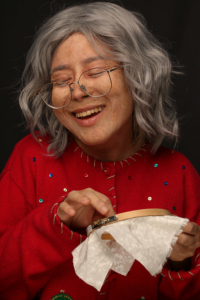
5. Create Fantasy Character Looks
This is where your imagination can run wild! Turn yourself into fairies, elves, or other mystical creatures using bright paints, glitter and small prosthetics. This idea helps beginners practice blending colors, adding textures and experimenting with magical effects in a fun way.
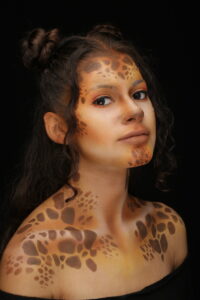
6. Make Burns and Scars
Don’t worry – you don’t need to be a pro to pull this off. Even beginners can create realistic burns and scars. Start by shaping the skin with modeling wax or gelatin, then layer on red, black and yellow paints to get that raw, textured look. Begin with small effects and as you get more proficient with special effects makeup, try covering bigger areas or adding more detailed designs.
Full guide on creating SFX burn makeup!
Important Note: While this guide can help you create stunning looks, you might need specialized special effects makeup training and that’s where Cinema Makeup School shines. We understand that every look requires a different set of skills, so our special effects makeup courses are designed accordingly.
Explore our program tracks and decide which skillset you want to build, such as prosthetics, airbrushing, sculpting and more.
As a beginner, you might be thinking of starting small and we totally understand that. To begin exploring special effects makeup, check out our YouTube channel, where we share behind-the-scenes content, tutorials and quick transformation overviews to inspire your looks.
And when you’re ready to take the next step, we also provide flexible financing options to make your journey into special effects makeup easier to begin.
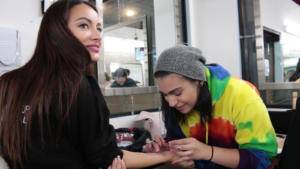
Tips for Successful Special Effects Makeup for Beginners
- Start Small: Don’t overwhelm yourself with complex designs. Begin with one small effect at a time.
- Practice Regularly: Improvement comes with repetition.
- Use References: Study images or tutorials to understand colors, textures and proportions.
- Safety First: Always do a patch test with new products to avoid skin irritation.
- Document Your Work: Take photos of each look to track progress and build a portfolio.
Ready to join one of the best special effects makeup schools in Los Angeles, USA? Take a tour of Cinema Makeup School’s campus and start your journey into SFX makeup today.
Remember, every expert artist started as a beginner. With practice, patience and the right tools, you can create professional-quality SFX makeup looks and even pursue a career in special effects makeup.








